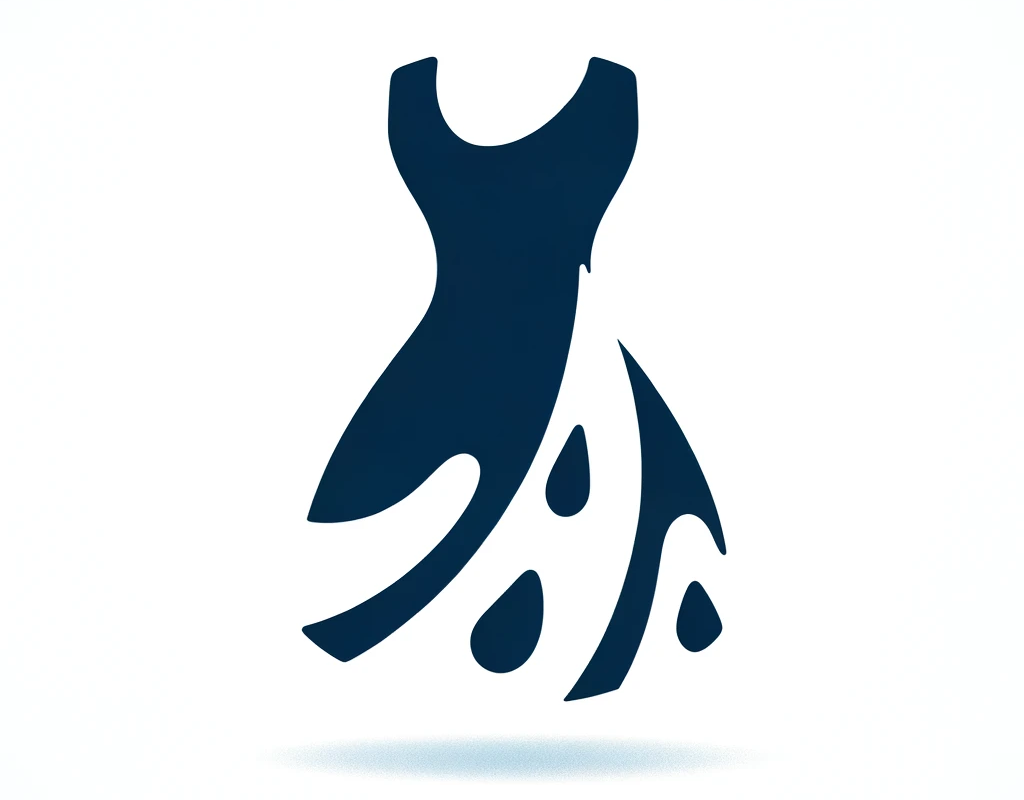Selecting the perfect tripod for photography involves balancing several factors for optimal stability and precision. A well-chosen tripod can transform your photography experience, providing the steadiness needed for sharp, high-quality images, especially in challenging conditions. Here's a guide to help you pick the right tripod for your photography needs.
1. Weight Capacity:
Essential for Heavy Gear: Ensure the tripod can support the weight of your camera and lens. Overloading can lead to instability and potential damage.
Balancing Act: A heavier tripod offers more stability, especially outdoors, but consider the trade-off with portability.
2. Material Matters:
Aluminum vs. Carbon Fiber: Aluminum tripods are cost-effective but heavier. Carbon fiber offers lightness and vibration reduction but at a higher price.
Durability Concerns: Consider the environment where you'll use the tripod. Carbon fiber handles temperature changes better and is more resistant to corrosion.
3. Height Considerations:
Max Height and Ergonomics: The tripod should extend to your eye level to avoid discomfort. Remember, the central column's height isn't always stable.
Collapsed Size: If travel is a priority, consider how compact the tripod is when folded.
4. Head Types:
Ball Heads vs. Pan-and-Tilt: Ball heads offer quick adjustments and are more compact. Pan-and-tilt heads provide precise control, beneficial for landscapes and architectural photography.
Quick Release System: A quick-release plate makes mounting and dismounting the camera faster and more convenient.
5. Stability Enhancements:
Hook for Added Weight: Some tripods have a hook to hang a weight (like a camera bag) for extra stability in windy conditions.
Leg Locks: Twist locks are quicker but might need more maintenance. Flip locks are more secure but bulkier.
6. Specialty Features:
Monopods and Travel Tripods: Consider a monopod for sports and wildlife photography. Compact travel tripods are ideal for hikers and adventure photographers.
Integrated Features: Some tripods come with integrated levels, spikes for soft ground, or convertible monopods.
7. Price and Brand:
Invest Wisely: Quality tripods are a long-term investment. Cheaper options might be appealing but can lack durability and stability.
Reputable Brands: Research brands known for quality and durability. User reviews and professional recommendations can be very helpful.
8. Personal Preferences and Usage:
Your Photography Style: Match the tripod features with your style of photography. A landscape photographer might prioritize different features than a studio photographer.
Ergonomics and Ease of Use: Ensure the tripod feels comfortable and intuitive to use.
In conclusion, selecting a tripod is a mix of personal preference, practicality, and the specific demands of your photography style. Investing time in researching and choosing the right tripod will pay off in the quality and ease of your photography endeavors. Remember, a good tripod not only provides stability but also enhances your creative potential.











